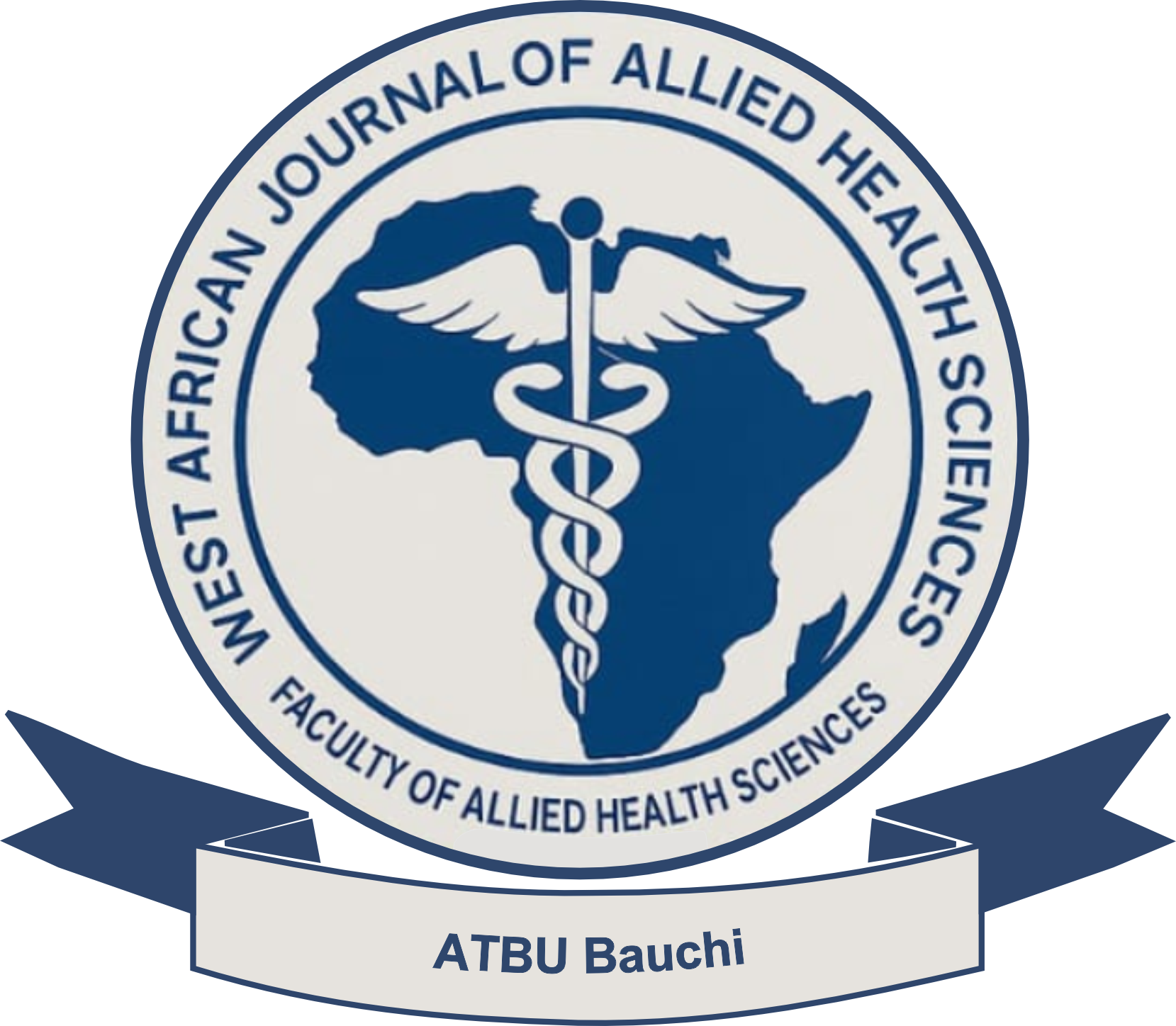Awareness of Stroke Risk Factors and Warning Signs Among Informal Caregivers in North-East Nigeria
Keywords:
Stroke, Informal caregivers, Awareness, Risk factors, Warning signs, NigeriaAbstract
Introduction: Stroke remains a leading cause of mortality and long-term disability in Nigeria. Recurrent strokes, which have higher morbidity and mortality rates, necessitate preventive strategies. Informal caregivers are critical in managing risk factors and recognizing warning signs, yet their awareness levels remain understudied. This study aimed to evaluate and enhance informal caregivers’ awareness of stroke risk factors and warning signs to strengthen preventive care behaviors and improve emergency response during stroke events.
Methods: A cross-sectional study was conducted at the Federal University of Health Sciences Teaching Hospital Azare, involving 403 informal caregivers of stroke patients aged ≥18 years. Participants were grouped by income and education, and stratified random sampling was used during the recruitment procedure. Validated Hausa or English questionnaires (QFAS and PIF) assessed awareness. Data were analyzed using chi-square tests and logistic regression (SPSS v22).
Results: High awareness of hypertension (94%) and visual problems (80.9%) contrasted with low recognition of smoking (23.1%) and severe headache (0.2%) as risk factors/warning signs. Significant predictors of knowledge included tertiary education (OR=3.185, 95% CI:1.387–7.314, P<0.001) and family history of stroke (OR=3.545, 95% CI:2.875–4.369, P=0.012).
Conclusion: To reduce stroke recurrence and mortality, targeted educational interventions—including community workshops, pictorial tools, and CHW-led home education—must urgently address awareness gaps in smoking risks, severe headache recognition, and among female/low-literacy caregivers.





